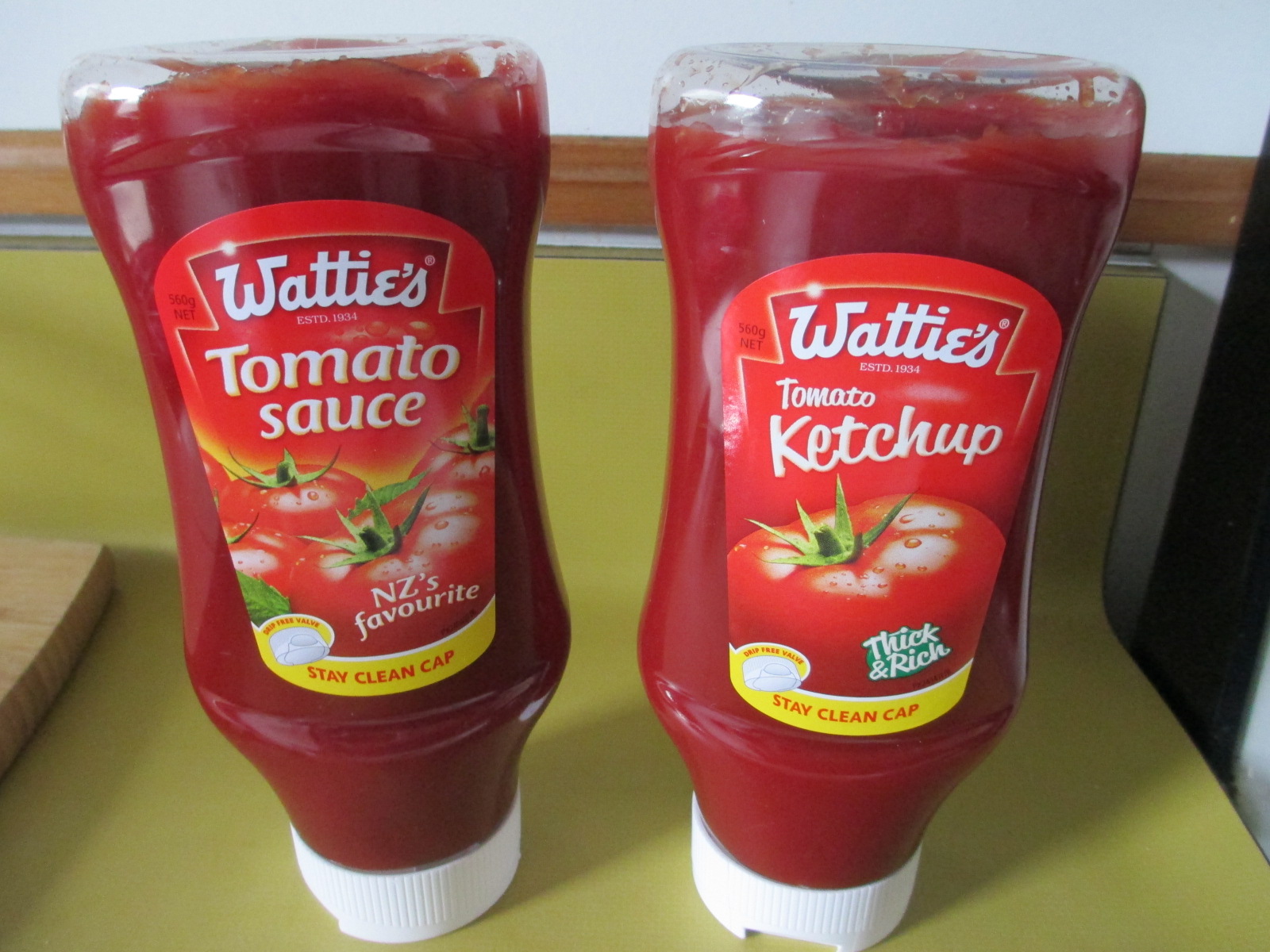| Article By Jill Tooley | |
Jill has been obsessed with words since her fingers could turn the pages of a book. She’s a hopeless bibliophile who recently purchased a Kindle after almost 6 years of radical opposition, and she loves stumbling upon new music on Pandora. Random interests include (but are not limited to) bookstores, movie memorabilia, and adorable rodents. In addition to managing the QLP blog, Jill also manages the content development team, assists with the company’s social media accounts, and writes like a fiend whenever given the chance. You can connect with Jill on Google+.
| |
- Plastic is an essential component of numerous consumer products, including water bottles and product containers. However, not every kind of plastic is the same. In 1988, the Society of the Plastics Industry (SPI) established a classification system to help consumers and recyclers properly recycle and dispose of each different type based on its chemical makeup.
- Today, manufacturers follow a coding system and place a number, or SPI code, on each plastic product, usually molded into the bottom. Although you should always verify the plastic classification number of each product you use, especially if you plan on recycling it, this guide provides a basic outline of the different plastic types associated with each code number.
- Plastic marked with an SPI code of 1 is made with polyethylene terephthalate, which is also known as PETE or PET.
- PETE-based containers sometimes absorb odors and flavors from foods and drinks that are stored inside of them. Items made from this plastic are commonly recycled.
- PETE plastic is used to make many common household items like beverage bottles, medicine jars, peanut butter jars, combs, bean bags, and rope. Recycled PETE is used to make tote bags, carpet, fiberfill material in winter clothing, and more.
- The SPI code of 2 identifies plastic made with high-density polyethylene, or HDPE. HDPE products are very safe and are not known to leach any chemicals into foods or drinks.
- (However, due to the risk of contamination from previously held substances, please note: it is NEVER safe to reuse an HDPE bottle as a food or drink container if it didn’t originally contain food or drink!)
- HDPE products are commonly recycled. Items made from this plastic include containers for milk, motor oil, shampoos and conditioners, soap bottles, detergents, and bleaches. Many personalized toys are made from this plastic as well.
- Recycled HDPE is used to make plastic crates, plastic lumber, fencing, and more.
- Plastic labeled with an SPI code of 3 is made with polyvinyl chloride, or PVC. PVC is not often recycled and can be harmful if ingested.
- PVC is used for all kinds of pipes and tiles, but it's most commonly found in plumbing pipes.
- This kind of plastic should not come in contact
with food items.
Recycled PVC is used to make flooring, mobile home skirting, and
other industrial-grade items.
- Plastic marked with an SPI code of 4 is made with low-density polyethylene, or LDPE. LDPE is not commonly recycled, but it is recyclable in certain areas.
- It tends to be both durable and flexible. It also is not known to release harmful chemicals into objects in contact with it, making it a safe choice for food storage.
- Plastic cling wrap, sandwich bags, squeezable bottles, and plastic grocery bags all are made from LDPE.
- Recycled LDPE is used to make garbage cans, lumber, furniture, and many other products seen in and around the house.
- Consumers will find the SPI code of 5 on plastic items made with polypropylene, or PP. PP can be recycled but is not accepted for recycling as commonly as PETE or HDPE.
- This type of plastic is strong and can usually withstand higher temperatures.
- Among many other products, it is used to make plastic diapers, Tupperware, margarine containers, yogurt boxes, syrup bottles, prescription bottles, and some stadium cups. Plastic bottle caps often are made from PP as well.
- Recycled PP is used to make ice scrapers, rakes, battery cables, and similar items that need to be durable.
- Plastic marked with an SPI code of 6 is made with polystyrene, also known as PS and most commonly known as Styrofoam. PS can be recycled, but not efficiently; recycling it takes a lot of energy, which means that few places accept it.
- Disposable coffee cups,
plastic food boxes, plastic cutlery, packing foam, and packing
peanuts are made from PS. Recycled PS is used to make many different
kinds of products, including insulation, license plate frames,rulers.
- The SPI code of 7 is used to designate miscellaneous types of plastic that are not defined by the other six codes. Polycarbonate and polylactide are included in this category.
- These types of plastics are difficult to recycle. Polycarbonate, or PC, is used in baby bottles, large water bottles (multiple-gallon capacity), compact discs, and medical storage containers.
- Recycled plastics in this category are used to make plastic lumber, among other products.
- SPI codes can be confusing for anyone unfamiliar with them or the different kinds of plastic they identify.
- However, learning about them can help consumers make more informed decisions related to their health and help recyclers sort their plastics more effectively.
- Remember, informed consumers can demand that plastics manufacturers provide better products.
- So keep these plastic classification numbers and plastic types in mind, and don’t forget to put your newfound knowledge to use -- always check a product’s classification code prior to recycling it or re-using it!








